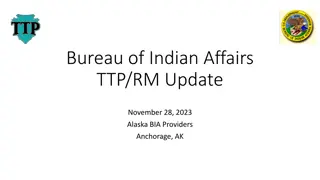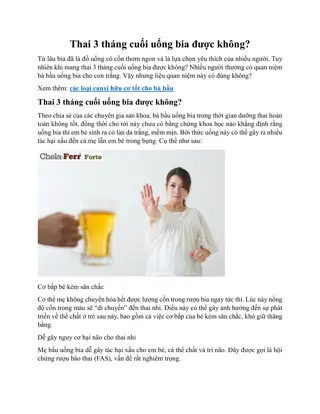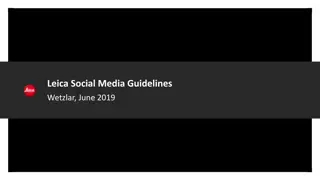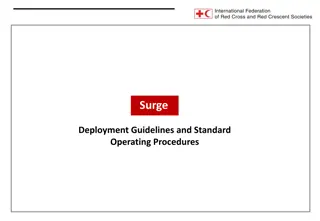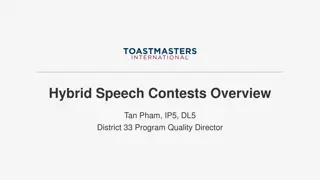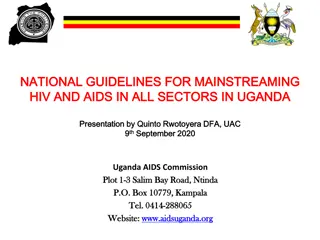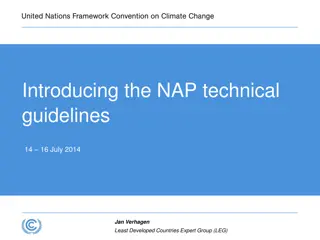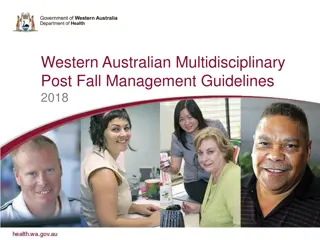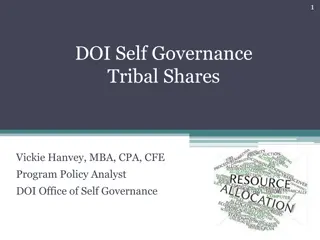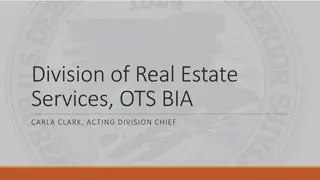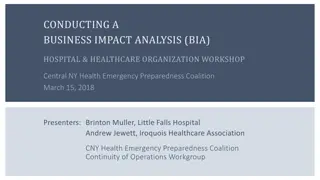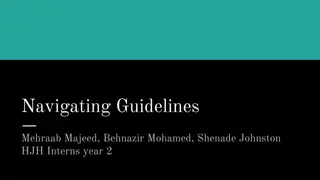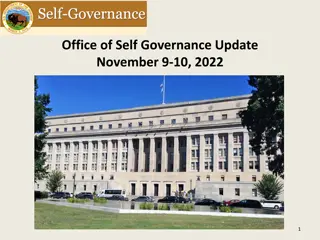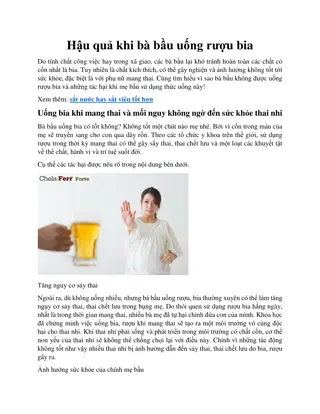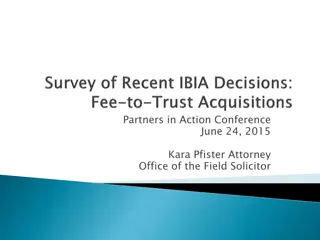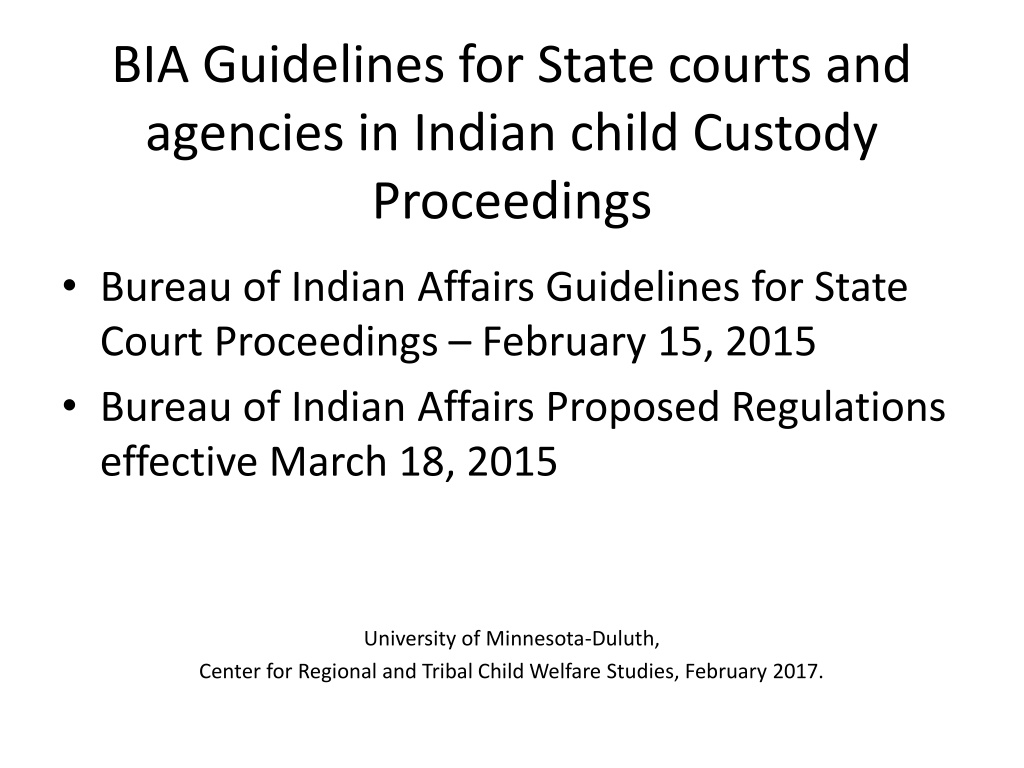
Indian Child Custody Proceedings - Guidelines and Legislation Details
Explore the Bureau of Indian Affairs guidelines for state courts in Indian child custody proceedings, along with changes in legislation and pretrial requirements. Learn about active efforts, good cause to deny transfer to tribal court, and more.
Download Presentation

Please find below an Image/Link to download the presentation.
The content on the website is provided AS IS for your information and personal use only. It may not be sold, licensed, or shared on other websites without obtaining consent from the author. Download presentation by click this link. If you encounter any issues during the download, it is possible that the publisher has removed the file from their server.
E N D
Presentation Transcript
BIA Guidelines for State courts and agencies in Indian child Custody Proceedings Bureau of Indian Affairs Guidelines for State Court Proceedings February 15, 2015 Bureau of Indian Affairs Proposed Regulations effective March 18, 2015 University of Minnesota-Duluth, Center for Regional and Tribal Child Welfare Studies, February 2017.
Changes in Legislation Definitions for Active Efforts, Best Interests of and Indian Child, Relative, Parent, Indian child added or changed. Specific language for Active Efforts, Determination of Tribal Membership, Providing Notice to Tribes, Good Cause to Deny Transfer to Tribal Court, and Good Cause to Place Outside Placement Preferences. An overall purpose statement for the legislation was added.
BIA GUIDELINES PRETRIAL REQUIREMENTS Early identification of ICWA applicability, requires courts and agencies to inquire into lineage and promptly notify the tribes, parents and Indian Custodian. Clarifies that Active Efforts begin from the moment the possibility arises that the Indian child may be removed. No one except the tribe determines membership. Notice must be given to the parents of ALL proceedings, not just initial. Clarifies emergency removal procedures.
Active Efforts must be provided early and throughout process Requires Active Efforts to maintain and/or reunite Indian child with his or her family or tribal community. Includes examples: Engaging the child, parents, Indian custodian, extended family and tribe; Keeping siblings together; Identify appropriate services and actively assist families in obtaining services; Diligent search for extended family; Taking into account the prevailing social and cultural norms of the child s tribe; Offering all culturally appropriate family preservation strategies. Identifying community resources including housing, financial, transportation, mental health, substance abuse, peer support; Making arrangements for natural family interactions; Post reunification services - Early and continued involvement of Tribal Representatives and Extended Family to look for alternatives to out of home placements, develop meaning full case plans based on resources available through the extended family, tribe or county. - Concrete Services to parents, children and Indian custodians. - Assistance to potential relative placements to remove barriers to foster care licensing. - Early reunification.
Good Cause to Deny Transfer to Tribal Court Whether the proceedings are at an advanced stage and whether the transfer would result in a change of placement are not to be considered Transfer at any point in the proceedings including pre-adoptive and adoptive ICWA requires that that cases be transferred to tribal court upon motion of the tribe or parent absent a finding of good cause to deny transfer. Good Cause to Deny Transfer can only be found: 1) Tribe does not have a designated tribal court. 2) Evidence could not be adequately presented
Qualified Expert Witness Testimony Must have specific knowledge of the Indian tribe s culture and customs. In descending order of preference: 1) Tribal member knowledgeable in tribal customs as they pertain to family organization and childrearing practices. 2) A member of another tribe recognized as a QEW by the child s tribe. 3) A layperson recognized by the Indian child s tribe as having substantial experience providing services to Indian families and has knowledge of prevailing social and cultural norms. 4) A professional person with substantial education and experience in the area of his or her specialty who can demonstrate knowledge or the prevailing social and cultural standards of the Indian child s tribe.
Placement outside the placement preferences Agency must demonstrate through clear and convincing evidence that a diligent search has been conducted to seek out and identify placement options that would satisfy the placement preferences. Must include notice and explanation to the parents, members of child s extended family members, tribe, all foster homes licensed by the tribe, Indian foster homes located in the child s state of domicile.

